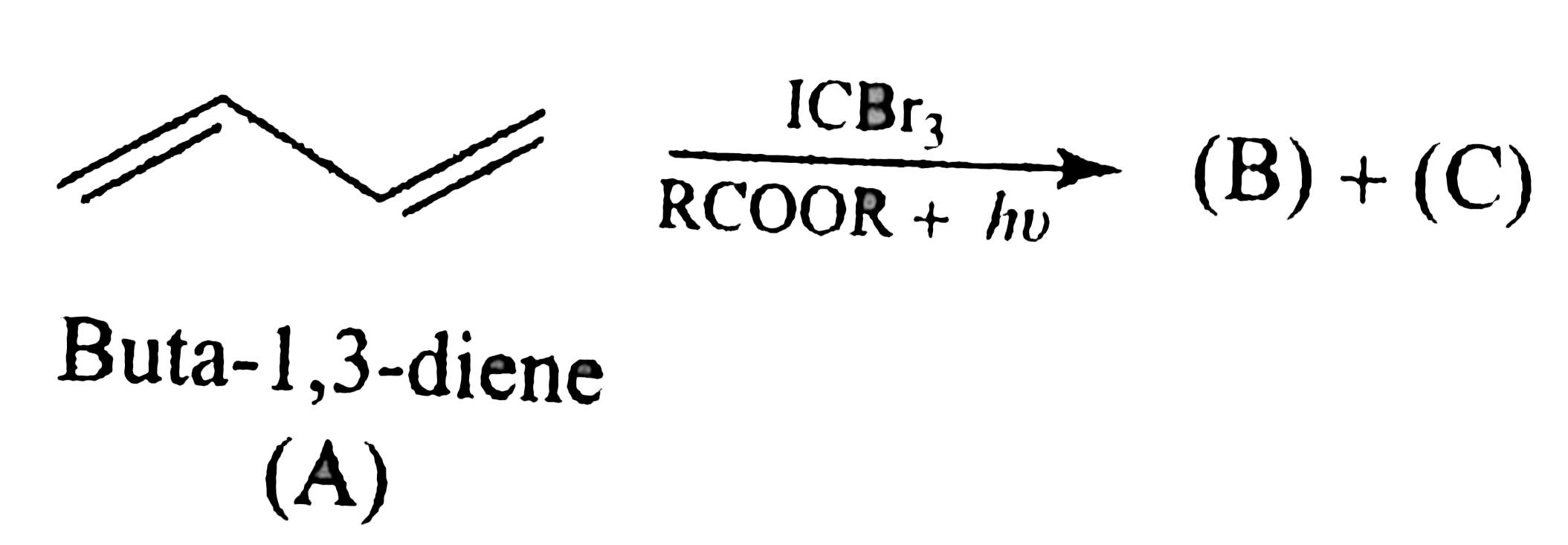How is 1-propoxypropane synthesised from propan-1-ol ? Write mechanism of the reaction.
To synthesize 1-propoxypropane from propan-1-ol, we can follow a step-by-step mechanism involving the reaction of two molecules of propan-1-ol in the presence of a protic acid, such as sulfuric acid. Below is the detailed step-by-step solution:
Step 1: Protonation of Propan-1-ol
1. Starting Material: Begin with two molecules of propan-1-ol (CH₃CH₂CH₂OH).
2. Protonation: One molecule of propan-1-ol is protonated by the acid (H⁺), resulting in the formation of a protonated alcohol (CH₃CH₂CH₂OH₂⁺). This step increases the electrophilicity of the alcohol.
Step 2: Nucleophilic Attack
3. Nucleophilic Attack: The second molecule of propan-1-ol acts as a nucleophile and attacks the protonated alcohol. The oxygen atom of the second propan-1-ol molecule, which has a lone pair, attacks the positively charged carbon of the protonated alcohol.
4. Formation of Protonated Ether: This leads to the formation of a protonated ether (CH₃CH₂CH₂OCH₂CH₂CH₃H⁺) and a water molecule (H₂O) is released as a byproduct.
Step 3: Deprotonation
5. Deprotonation: The protonated ether undergoes deprotonation, where it loses a proton (H⁺) to yield the final product, 1-propoxypropane (CH₃CH₂CH₂OCH₂CH₂CH₃).
6. Final Product: The final product is 1-propoxypropane along with a proton (H⁺) that is released back into the solution.
Summary of the Reaction
The overall reaction can be summarized as:
2CH3CH2CH2OHH+−−→CH3CH2CH2OCH2CH2CH3+H2O
1. Starting Material: Begin with two molecules of propan-1-ol (CH₃CH₂CH₂OH).
2. Protonation: One molecule of propan-1-ol is protonated by the acid (H⁺), resulting in the formation of a protonated alcohol (CH₃CH₂CH₂OH₂⁺). This step increases the electrophilicity of the alcohol.
3. Nucleophilic Attack: The second molecule of propan-1-ol acts as a nucleophile and attacks the protonated alcohol. The oxygen atom of the second propan-1-ol molecule, which has a lone pair, attacks the positively charged carbon of the protonated alcohol.
4. Formation of Protonated Ether: This leads to the formation of a protonated ether (CH₃CH₂CH₂OCH₂CH₂CH₃H⁺) and a water molecule (H₂O) is released as a byproduct.
5. Deprotonation: The protonated ether undergoes deprotonation, where it loses a proton (H⁺) to yield the final product, 1-propoxypropane (CH₃CH₂CH₂OCH₂CH₂CH₃).
6. Final Product: The final product is 1-propoxypropane along with a proton (H⁺) that is released back into the solution.
The overall reaction can be summarized as:
2CH3CH2CH2OHH+−−→CH3CH2CH2OCH2CH2CH3+H2O
Similar Questions
How is 1-propoxyproapane synthesised from propan-1-ol ? Write mechanism of the reaction.
View SolutionComplete the following reaction :

Also write the mechanism of the reaction.
View SolutionComlete the following reaction :

Also write the mechanism of the reaction.
View SolutionConversion of Propanoic acid to propan-1-ol
View SolutionWhen a mixture of 2-merthyl propane and CC14 is reacted at 403-413 in the presence of a radical intiator, t-butyl peroxide, 2-chloro-2-methyl propane and chloroform (CHC13 are formed. Give the mechanism of the reaction.
View SolutionWhat product will be formed on reaction of propanal with 2-methylpropanal in the presence of NaOH? Write the name of the reaction also.
View SolutionA biconvex thin lens is prepared from glass of refractive index μ2=32. The two conducting surfaces have equal radii of 20 cm each. One of the the surface is silvered from outside to make it reflecting. It is placed in a medium of refractive index μ1=53. It acts as a
View SolutionHow will you convert propene to propan -1-ol ?
View SolutionConvert propane into prop-2-en-1-ol
View Solution(a) Give the equations of the following reactions:
(i) Oxidation of propan-1-ol with alkaline KMnO4 solution.
(ii) Propene to propan-2-ol
(iii) Benzyl chloride to benzyl alcohol
(iv) Ethylmagnesium chloride to propan-1-ol.
(b) Write the reactions and their conditions only for the commercial preparation of phenol from cumene.
View Solution
